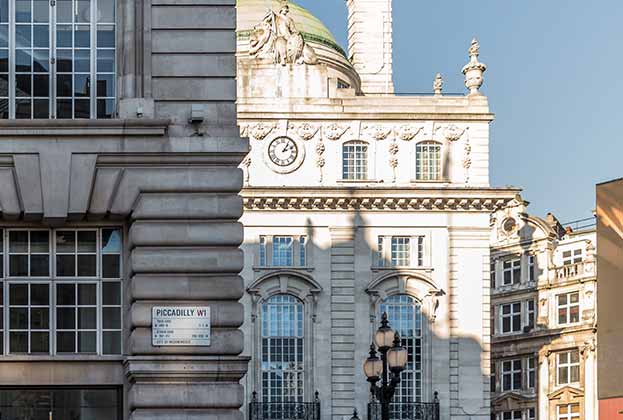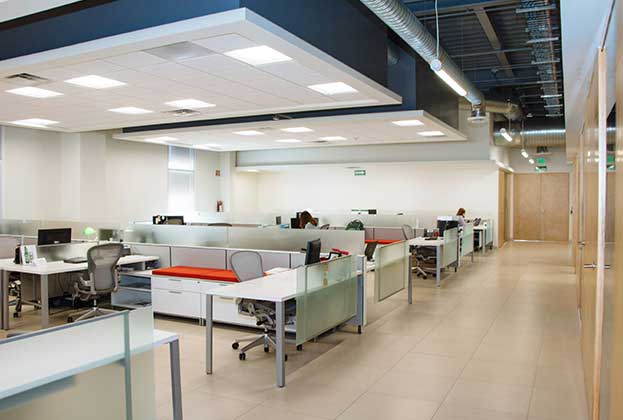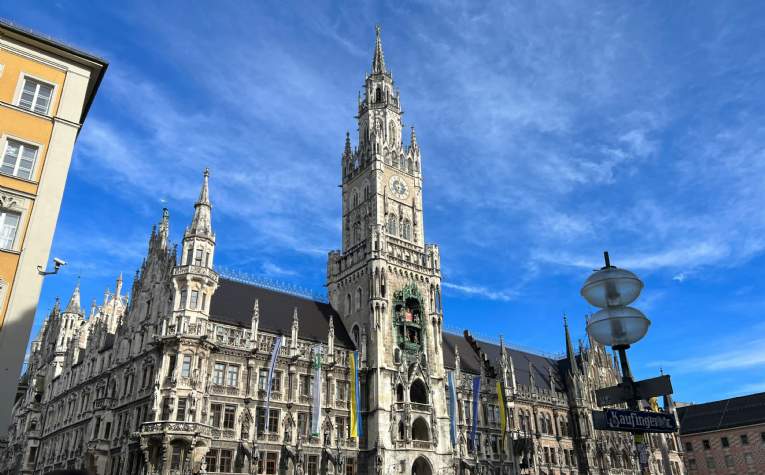While investment into European real estate in 2020 was, on the whole, not quite as expected after a triumphant start to the year, the road to recovery in 2021 might not be as long and winding as expected.
With it, the Covid-19 pandemic has brought greater disparity to the real estate sector, pinpointing Covid winners and losers in its wake. While operational residential sectors and logistics (or 'beds and sheds', as they have become known) continued to impress, retail, hotels and offices were left in slightly more precarious positions.
Nevertheless, though logistics will undoubtedly carry on impressing as global consumers continue their love affair with online shopping, the resuscitation of those other sectors is likely to be more swift than first anticipated.
Offices return
Led by the implementation of a vaccine programme across most European countries and discussions around the timings for an emergence out of lockdown, the return to the office is no longer a hypothetical scenario. In the UK especially, with a roadmap out of lockdown in place and other countries likely to follow suit in due course, businesses are now able to make more informed decisions to get their employees back to work.
As such, sentiment around both occupational and investment transactions looks set to improve. Core assets are typically the focus during times of uncertainty and returns from real estate continue to look more favourable than from other asset classes.
International travel starts to open up
As expected, due to lockdown restrictions, the volume of non-domestic capital reaching the European real estate market decreased in 2020. Last year, cross border investment accounted for 42.3 per cent of the total volume compared with 47 per cent in 2019. Nevertheless, in recent months we have seen increasing activity from investment managers and a rising number of joint venture acquisitions or entity deals enabling international funds to invest abroad.
As countries begin to open up for business and personal travel once again, the ability for site visits and in-person meetings will likely mean a resurgence of global capital flows into real estate. All in all, the expected European end-year volume is likely to range between €250 billion and €280 billion (-3 per cent and +9 per cent compared with last year).
Yields: a mixed picture
As investors continue their hunt for core assets, the divergence in yield movement between prime and secondary yields is further widening. The average secondary CBD office yield moved out by 6 basis points between 2019 and 2020 to 4.43 per cent and, given the allocation of real estate capital targeting the logistics sector, we anticipate further yield compression as buyers are increasingly willing to take on more vacancy risk.
Retail properties will likely see further yield softening throughout 2021 with many value-add and opportunistic investors circling for distressed assets.
Further information
Read more Spotlight: European Office Outlook

.jpg)





.jpg)


